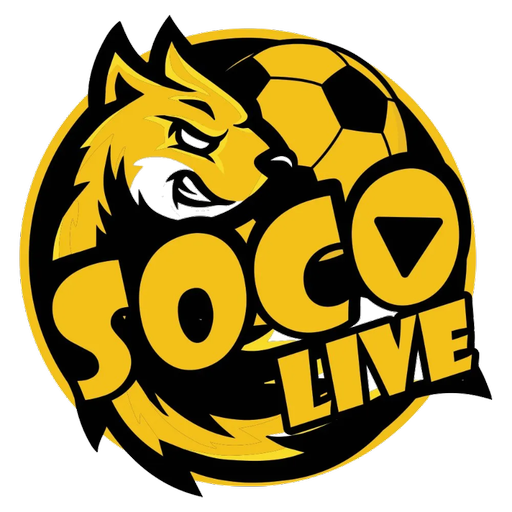CSC backtracks on NIL collectives, proving athletes not the NCAA drive college sports economics.
Athletes Are Winning the NIL War and the NCAA’s Losing Control originally appeared on Athlon Sports.
The College Sports Commission (CSC) rewrote its “valid business purpose” test this week, telling school‑backed booster collectives they will now be judged the same way as any other company when they pay athletes. The pivot came days after attorneys for the House v. NCAA plaintiffs warned the CSC that blanket rejections of collective deals violated the settlement’s antitrust protections. A brief procedural update on paper, the reversal signals something bigger on the field: athletes finally hold real leverage, and the old gatekeepers are running out of tools to take it back.
How We Got Here
- The settlement cracked the door. House v. NCAA formalized a revenue‑share cap but also kept open unlimited third‑party NIL money, provided each deal passed CSC review. That caveat invited a power struggle over who decides what is “legitimate.”
- The CSC tried to slam it shut. Its first memo said collectives that “exist primarily to compensate athletes” failed the business‑purpose test. Deloitte reviewers began bouncing fundraising and merchandising deals that had funded the bulk of last year’s $1.7 billion NIL market, according to reports from Wall Street Journal.
- Lawyers fired back. Class counsel argued the CSC invented a restriction the court never approved and threatened to revive litigation if the practice continued.
- The commission blinked. Facing fresh antitrust exposure, the CSC agreed to re‑examine denied contracts and apply the same standards it uses for corporate sponsors.

Why Athletes Now Own the Bargaining Table
Multiple Revenue Streams
Schools will soon cut checks up to roughly $22 million per year, but that money arrives with caps and roster limits. Collectives remain the uncapped side door. As long as both taps stay open, athletes can force a bidding contest rather than accept a single employer’s terms.
Antitrust Precedent
Every attempt to cap athlete pay over the last decade—O’Bannon, Alston, House—has ended with the courts siding against the NCAA. The CSC’s walk‑back shows regulators know they would lose the next round, too. That legal shadow gives players negotiating power even before a case is filed.
Enforcement Bandwidth
Auditing whether thousands of collectives have “real” business operations is a fantasy. Unless the CSC wants to subpoena booster golf outings, many deals will move forward on paperwork alone. Athletes can shop offers with little fear an overstretched clearinghouse will intervene.
Marketplace Momentum
Boosters have tasted influence, fans expect roster retention, and coaches need immediate liquidity to close recruits. Try revoking that ecosystem now and watch talent bolt to schools or sports that pay.
Why Institutions Cannot Roll the Clock Back
- The revenue‑share cap already protects budgets. Presidents have a fixed cost line; chasing the side money risks more lawsuits than savings.
- State laws favor collectives. Legislatures in Texas, Tennessee, and Florida explicitly shield booster groups. Any national clampdown would collide with local statutes and political pressure.
- Competitive fear beats compliance. A single conference that under‑funds NIL loses recruits overnight. The arms race forces athletic departments to tolerate collectives, even if they dislike the optics.
The Road Ahead
- Deal volume watch: Track how many of the previously denied agreements clear on resubmission. Early approvals will embolden more aggressive contracts.
- Hybrid models: Expect collectives to spin up media networks, charity events, and membership clubs—thin commercial veneers that still funnel cash to players.
- Federal action: Only Congress could create a safe harbor big enough to restrain NIL dollars, and consensus looks remote. Until then, leverage resides with the labor that fills stadiums.
Bottom Line
The CSC tried to redraw the map of athlete pay. The map redrew itself. Every retreat reinforces the same reality: once money flows to players, pulling it back becomes politically, legally, and competitively untenable. Athletes are not just winning court cases—they are dictating the terms of the marketplace, and the institutions that built college sports have no credible way to turn that leverage off.
This story was originally reported by Athlon Sports on Jul 23, 2025, where it first appeared.
Category: General Sports





